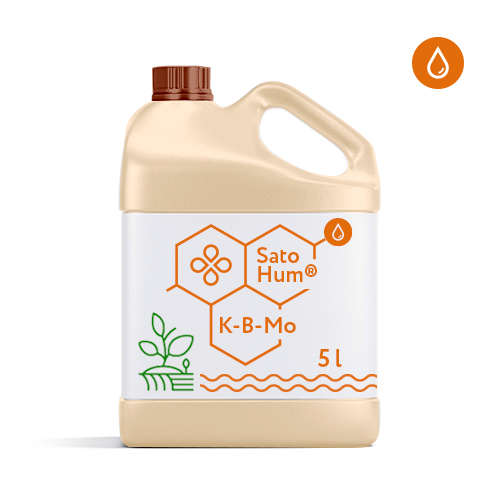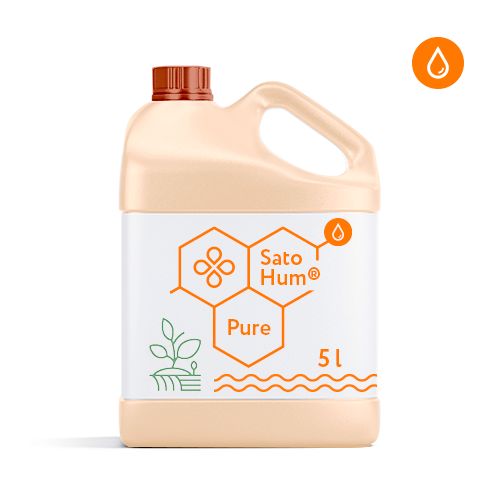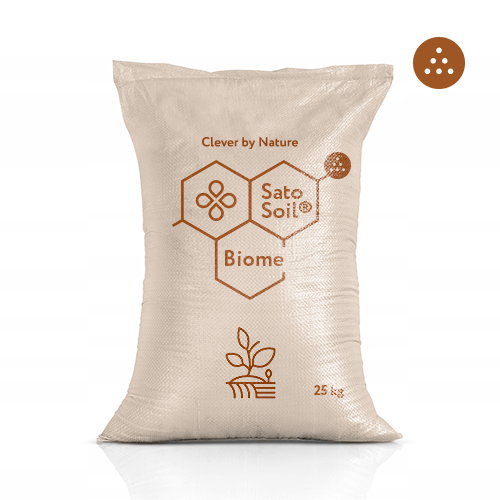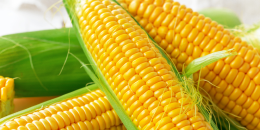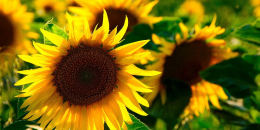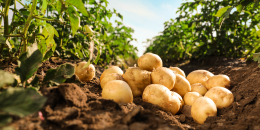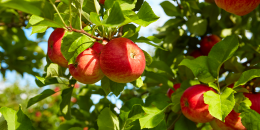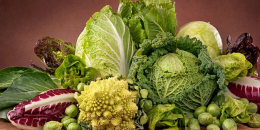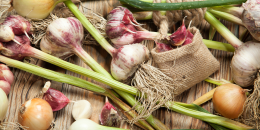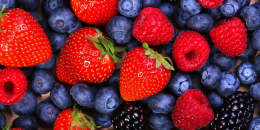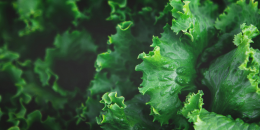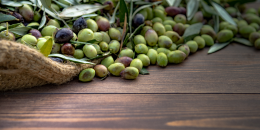After cereals, legumes are the second most popular. This includes table, fodder and industrial crops: green and white beans, green and grain peas, lentils, chickpeas (white peas), soybeans and many others. Peas, chickpeas and lentils are among the cold-resistant crops of a long daylight hours, and southern legumes – soybeans and beans – are among the more heat-loving short-day crops. All legumes need crop rotation and cereals are considered the most favorable predecessors.
Legumes
Legumes are very susceptible to nitrogen, thanks to nitrogen fertilizers protein synthesis occurs, which all legumes are rich in. The first application of SatoSoil® improvers is performed in autumn when plowing to preserve the fertile soil layer after predecessors.
Application of organic fertilizers – manure, compost and vermiculite – mixed with SatoSoil® conditioners, which suppress the overly bioactive green manure environment, is recommended.
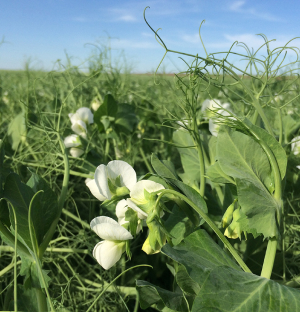
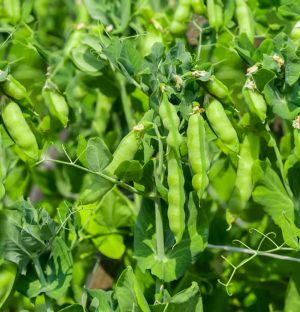

If the agrochemical composition of the soil requires it and pre-sowing inoculation of seeds is not carried out, the starting biostimulant granulate SatoGrow NPK® Granules is applied. Pre-sowing soil preparation includes the introduction of liquid organo-mineral biostimulants SatoGrow® or the activation of granulates and soil improvers by SatoHum® liquid formulations.
For pre-sowing treatment, it’s recommended to use a liquid disinfectant Sato® Seeds, which improves the immunity of seeds and seedlings and protects sprouts from pathogens, ensuring simultaneous seedlings. When applying bio-inoculants, a compatibility check with Sato® Seeds is required to avoid the effect of suppressing beneficial rhizobia bacteria in root nodules.
During the growing season, legumes have many natural pests and pathogens. To enhance the legumes’ own defenses, the silicon-containing composition SatoHum® SiO is used, which promotes the production of specific phytohormones and strengthens the stress resistance of plants before parasite attacks.
- yellowing of leaves and pods - lack of nitrogen;
- a quick green mass gain, weak ripening of the pods, darkening of the leaves, twisting the leaves down - an excess of nitrogen;
- brown edges on leaves, bluish tint on leaves - lack of potassium;
- wrinkled leaves, interveinal chlorosis - magnesium deficiency;
- reddening of the leaves, dark and stunted leaves and shoots - phosphorus starvation;
- yellow spotting on the leaves - an excess of phosphorus;
- light or brown spots on the leaves - lack of magnesium or manganese;
- blackening of shoots - boron deficiency.
After cereals, legumes are the second most popular. This includes table, fodder and industrial crops: green and white beans, green and grain peas, lentils, chickpeas (white peas), soybeans and many others. Peas, chickpeas and lentils are among the cold-resistant crops of a long daylight hours, and southern legumes – soybeans and beans – are among the more heat-loving short-day crops. All legumes need crop rotation and cereals are considered the most favorable predecessors.
Legumes are very susceptible to nitrogen, thanks to nitrogen fertilizers protein synthesis occurs, which all legumes are rich in. The first application of SatoSoil® improvers is performed in autumn when plowing to preserve the fertile soil layer after predecessors.
Application of organic fertilizers – manure, compost and vermiculite – mixed with SatoSoil® conditioners, which suppress the overly bioactive green manure environment, is recommended.



If the agrochemical composition of the soil requires it and pre-sowing inoculation of seeds is not carried out, the starting biostimulant granulate SatoGrow NPK® Granules is applied. Pre-sowing soil preparation includes the introduction of liquid organo-mineral biostimulants SatoGrow® or the activation of granulates and soil improvers by SatoHum® liquid formulations.
For pre-sowing treatment, it’s recommended to use a liquid disinfectant Sato® Seeds, which improves the immunity of seeds and seedlings and protects sprouts from pathogens, ensuring simultaneous seedlings. When applying bio-inoculants, a compatibility check with Sato® Seeds is required to avoid the effect of suppressing beneficial rhizobia bacteria in root nodules.
During the growing season, legumes have many natural pests and pathogens. To enhance the legumes’ own defenses, the silicon-containing composition SatoHum® SiO is used, which promotes the production of specific phytohormones and strengthens the stress resistance of plants before parasite attacks.
- yellowing of leaves and pods - lack of nitrogen;
- a quick green mass gain, weak ripening of the pods, darkening of the leaves, twisting the leaves down - an excess of nitrogen;
- brown edges on leaves, bluish tint on leaves - lack of potassium;
- wrinkled leaves, interveinal chlorosis - magnesium deficiency;
- reddening of the leaves, dark and stunted leaves and shoots - phosphorus starvation;
- yellow spotting on the leaves - an excess of phosphorus;
- light or brown spots on the leaves - lack of magnesium or manganese;
- blackening of shoots - boron deficiency.
| SOILS | SEEDS | GROWTH | HARVEST | ||
| SatoSoil® Biome
Preservation of fertile layer Incorporation to a depth of 15 cm 5 – 10 t/ha Autumn or pre-sowing soil fertilization 5 – 10 t/ha SatoSoil® pHoenix Restoration of saline and acidic soils Deep plowing up to 18 cm 4 – 8 t/ha SatoHum® K or SatoGrow® NPK/ SatoGrow® N Watering the soil improver 2 – 6 l/ha
|
SatoGrow® K Granules and
SatoGrow® NPK Granules Biostimulation with mineral substances 150 – 300 kg/ha/season SatoHum® Complex Systemic micronutrient feeding 1 – 2 l/ha SatoHum® K or SatoGrow® NPK/ SatoGrow® N Granulate activation 2 – 6 l/ha |
SatoHum® K
Correction of potassium starvation 1,8 – 2 l/ha SatoHum® SiO Increasing plant immunity Stress resistance to pests attacks 1,2 – 1,8 l/ha SatoGrow® NPK/ SatoGrow® N Growth intensification 2 l/ha |
SatoHum® K-B-Mo
Feeding with micronutrients 1,6 – 2,0 l/ha |
Sato® Seeds
Increasing the keeping quality of grain 0,6 – 0,8 l/t |
|
WARNING: 4 Sato® Steps is a comprehensive crop care system that provides the basic crop needs for the main 12 macro, meso and micronutrients for an optimal growing cycle and unlocking the potential of each crop.
SOILS: In pre-sowing application of SatoSoil® Soil improvers, the minimum rate is introduced, when autumn applying, the maximum rate is recommended. When applying SatoGrow® Biostimulants after SatoSoil® Soil improvers, the minimum rate is applied; if the soil hasn’t been treated, the maximum rate is applied. For irrigation, it’s recommended to activate granulates (soil improvers or biostimulants) with SatoHum® liquid formulations and SatoGrow® liquid organo-mineral biostimulants.
SEEDS/SEEDLINGS/VEGETATION BEGINNING: Treatment of seeds and seedlings with Sato® Seeds formulation is compatible with treatment by classical protectants without reducing the rates of their application, and helps to increase the viability of seedlings, the development of the plant and its fruitfulness.
GROWTH: Our SatoHum® solutions have a guaranteed composition with high content of humic and fulvic acids with amino acids of plant origin. It is not recommended to exceed the total applying dose of SatoHum® liquid formulations over 6 l/ha/season, starting from the germination/seedlings phase.
HARVEST: Simultaneous fertilization with several SatoHum® products is not expected. It’s not recommended to exceed the specified application rates. For single, not systemic application of SatoHum® products, the maximum dosage of the product is recommended.






